



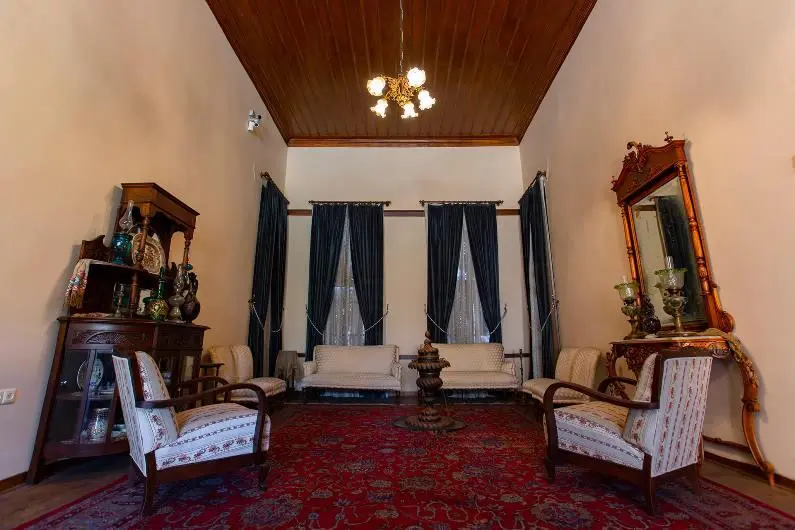
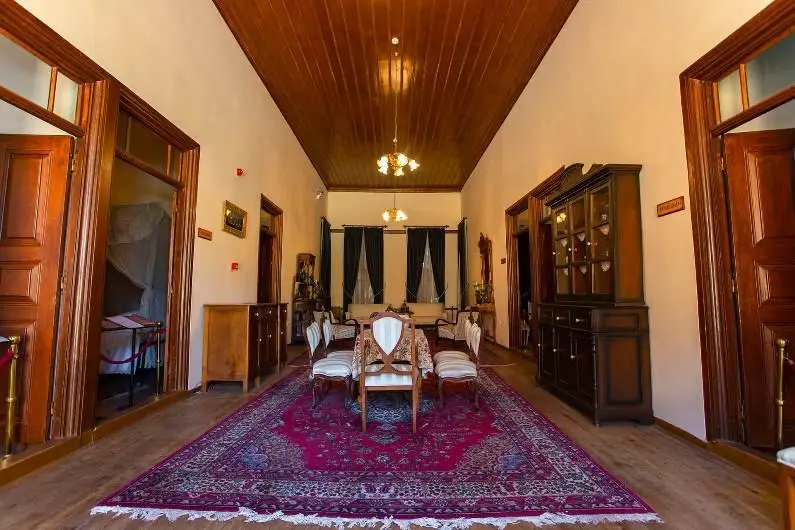
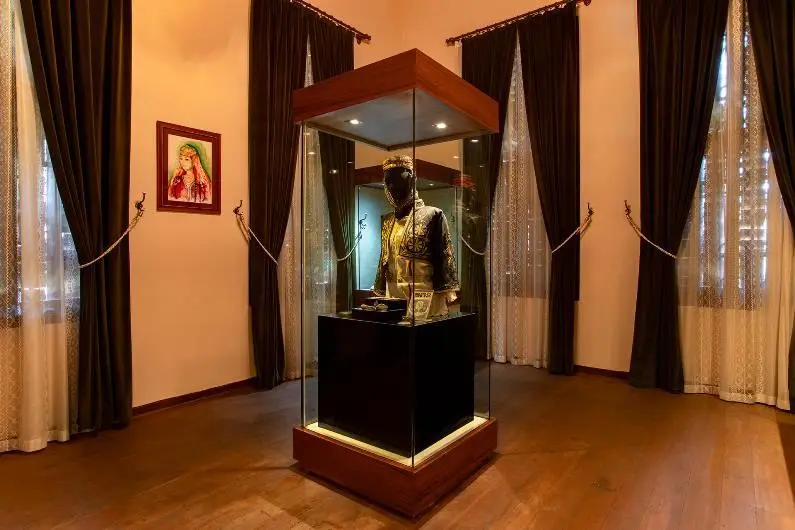
The house where Gazi Mustafa Kemal Atatürk stayed for a while during his visit to Alanya on February 18, 1935, was donated by its owner M. Tevfik Azakoğlu to the Ministry of Culture and turned into a museum in 1987.


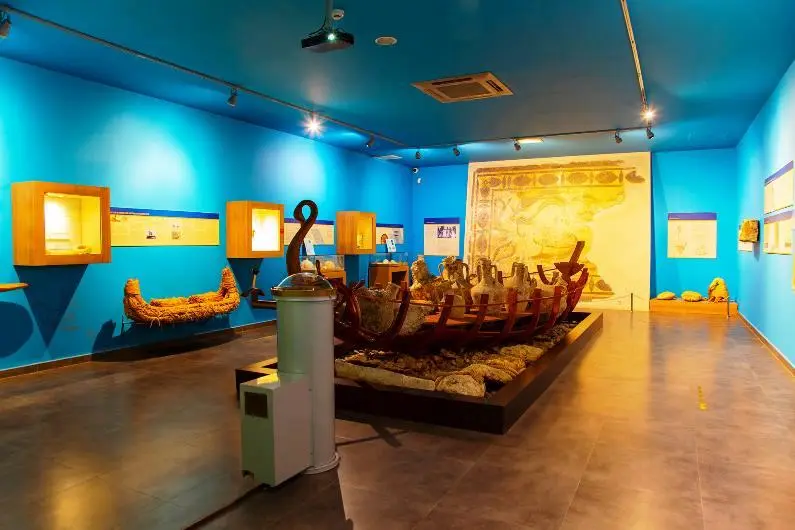

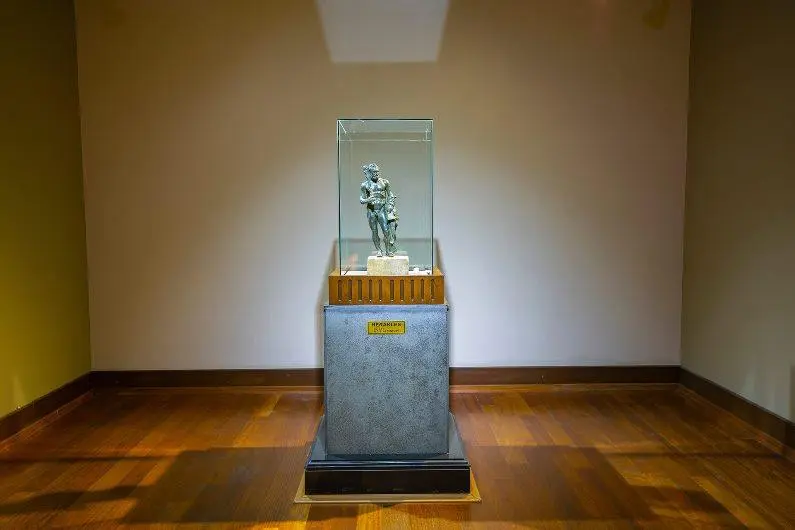





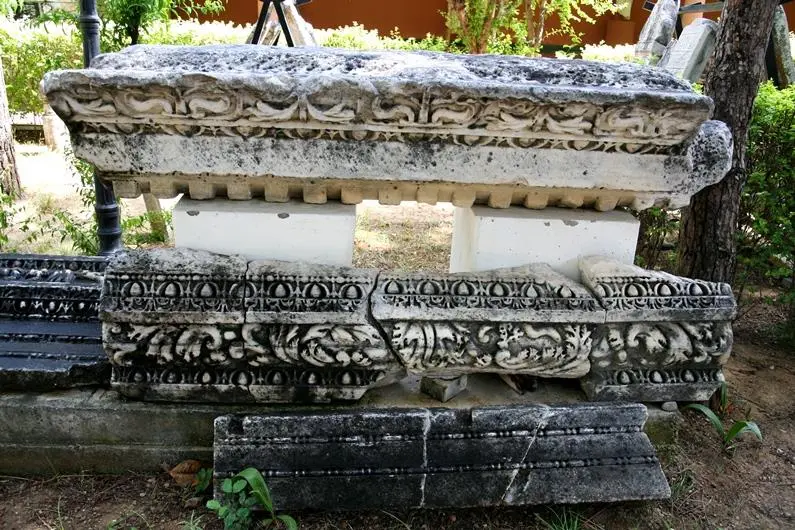
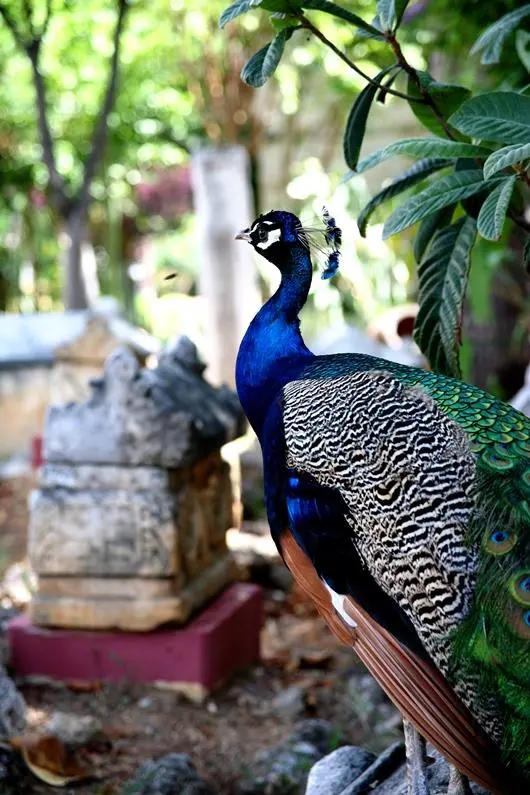
The rich historical heritage of Alanya, which has always been a popular settlement due to its strategic location and port, can be seen at the Alanya Museum. The museum is located on Damlataş Street at the beginning of the exit road to Alanya Castle.
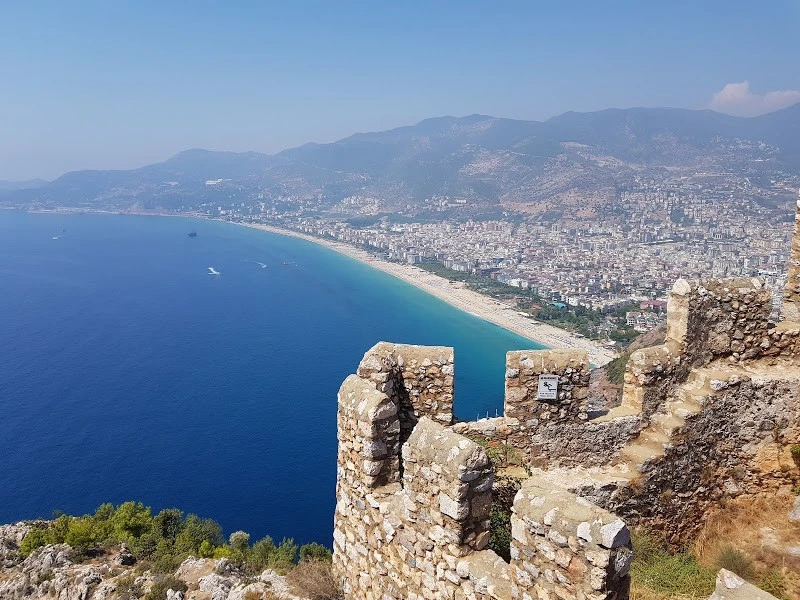
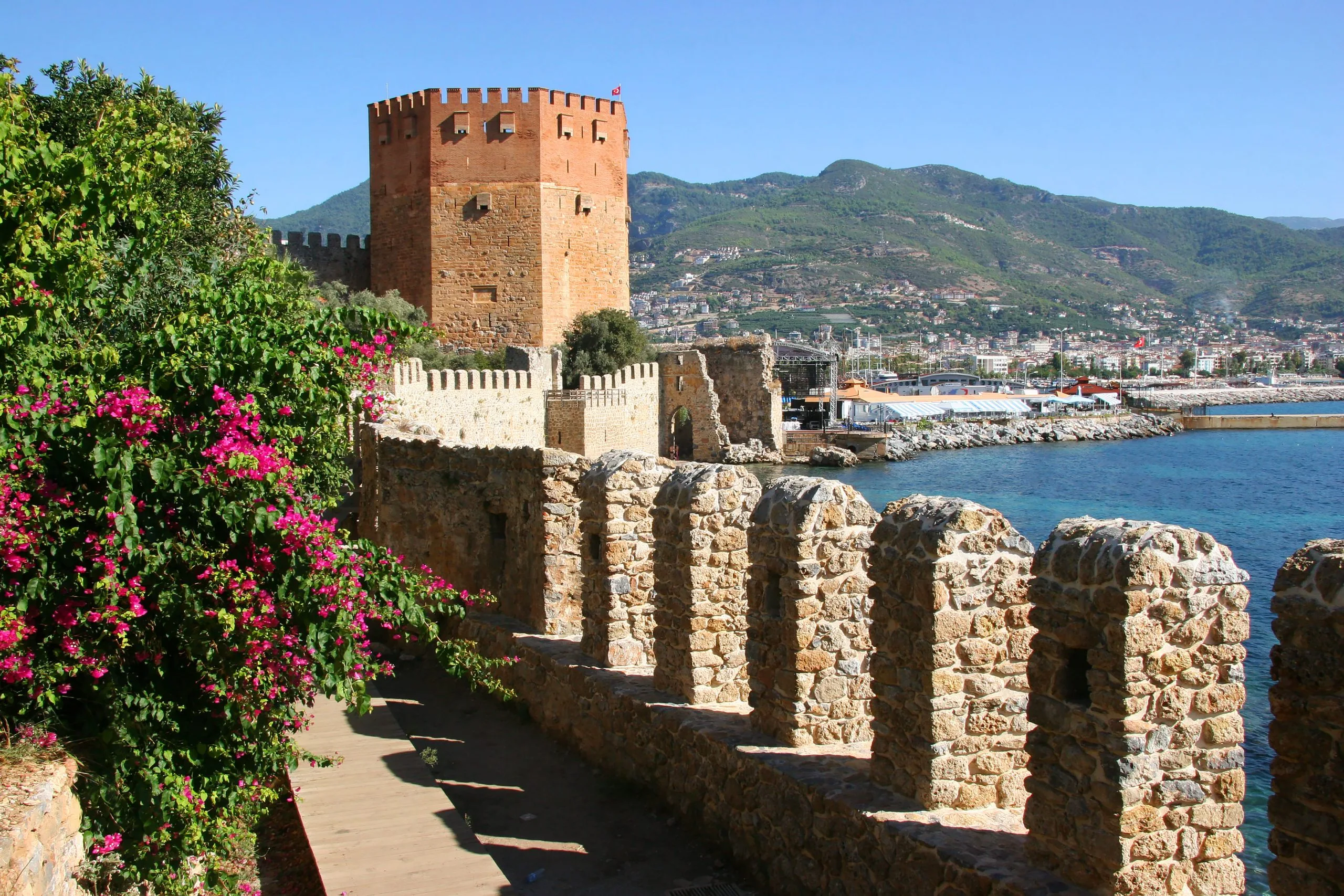

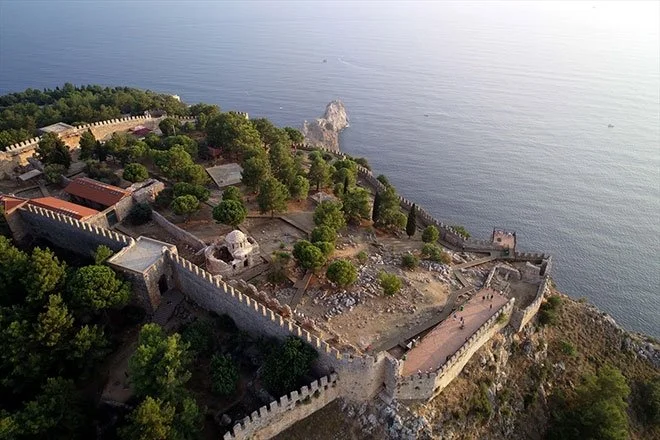
Alanya Castle, which has been uninterruptedly inhabited throughout its history due to its difficult accessibility by sea and land and its natural protection, is one of the best preserved and best maintained of the hundreds of castles that adorn Anatolia. With its 6.5 kilometers of walls, it is like a shining jewel on the neck of the historic peninsula where it is located. Although the first settlement dates back to the Hellenistic period, it was during the Anatolian Seljuk period that it took the form of a monumental castle in all its glory.


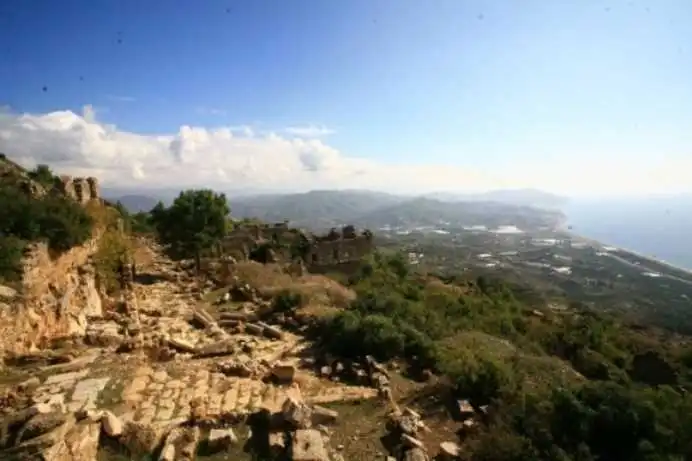
Syedra, whose settlement dates back to the 9th century B.C., is located approximately 20 kilometers southeast of Alanya, within the borders of the Seki district. Its location makes it one of the most strategic cities in the region. The "Upper City" part of Syedra, which has the characteristics of both a mountain city and a coastal city, was built at an altitude of 400 meters and on a slope; therefore, the buildings were placed gradually and the transitions between the different levels were provided by stairs. The "Lower City" is a port settlement that extends from the southwestern slopes to the coast. The inscriptions unearthed during the excavations in Syedra show that the city was a center where important competitions were organized and that it experienced its most glorious years between the 2nd and 4th centuries BC. It can be said that the traces of life in the city continued until the 13th century.
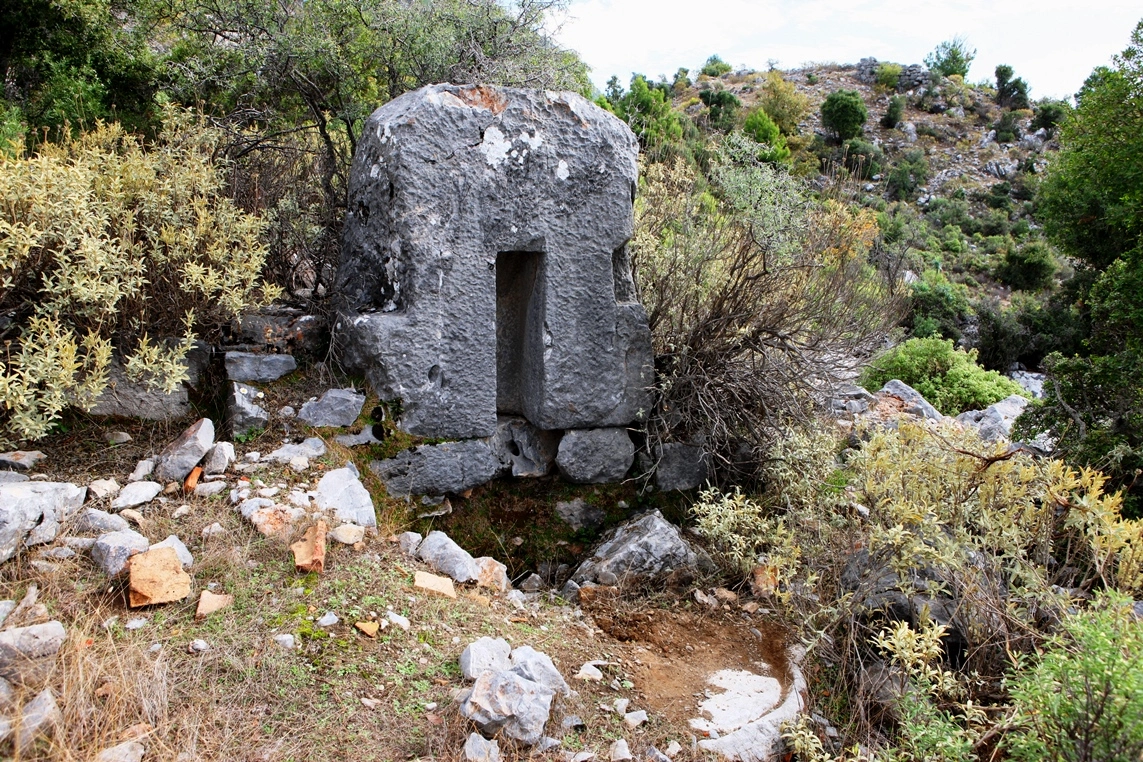



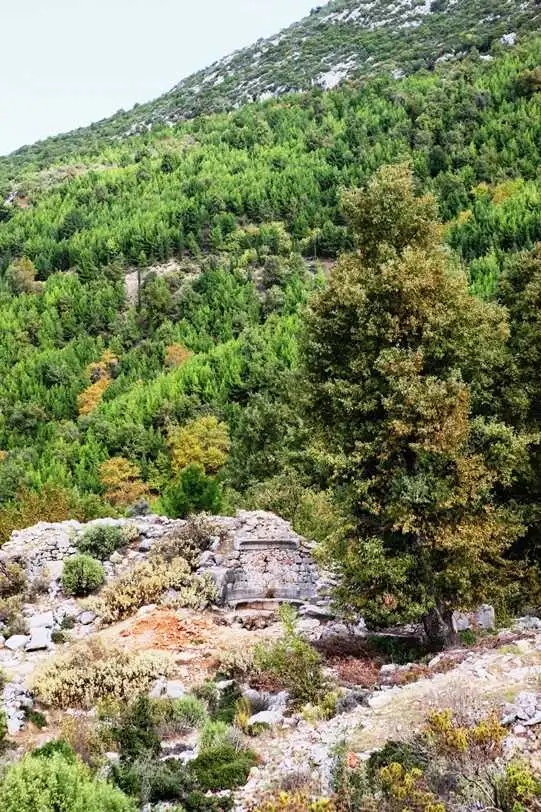
Laertes Ancient city; It was founded on the Taurus Mountains, on the southern slopes of Cebel-i Reis Mountain, which rises at the mouth of the Dim Valley, 850 meters above sea level. It is about 25 kilometers from Alanya. It is within the borders of the region known as Mountainous Cilicia in antiquity.
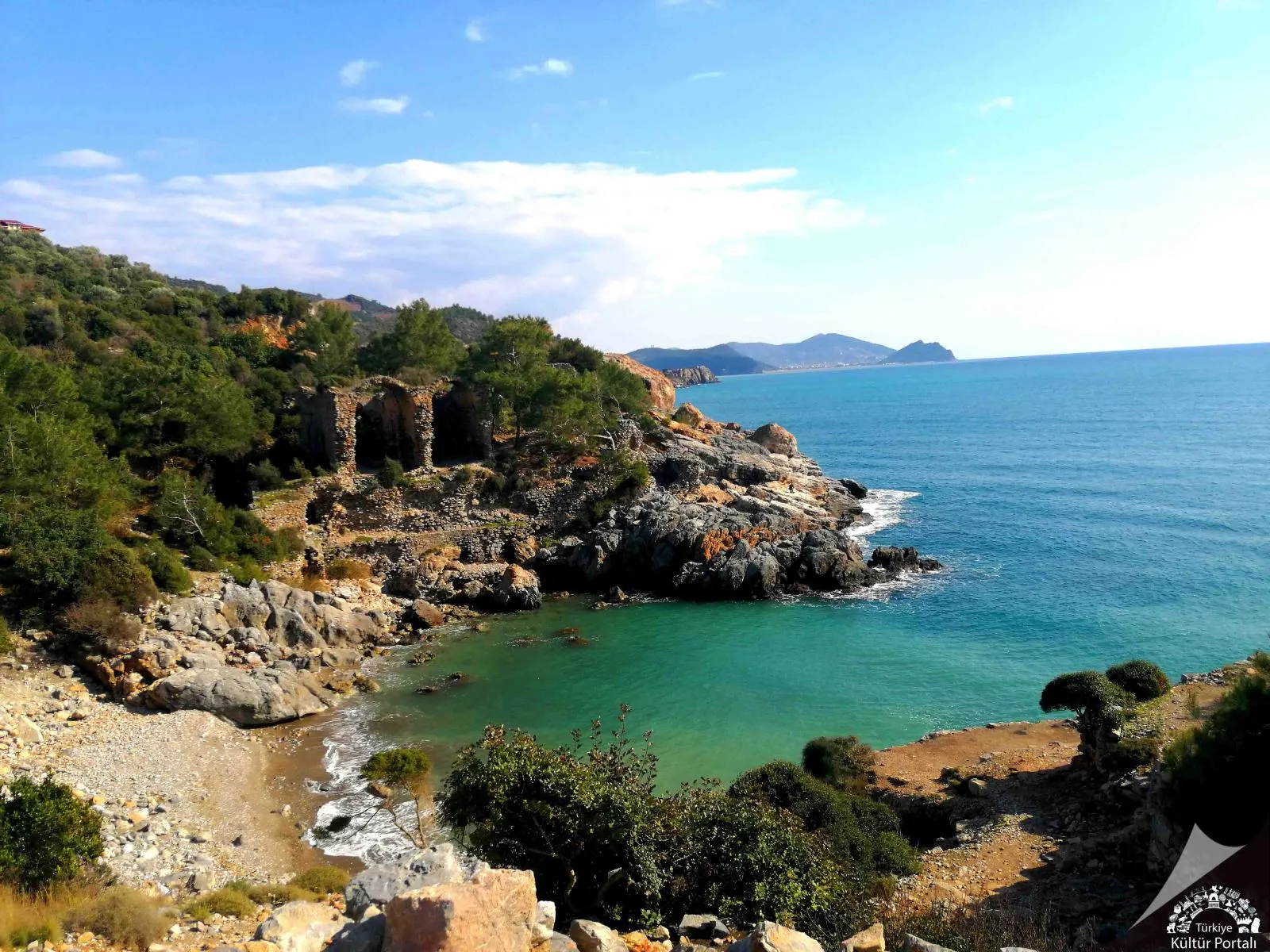


Located at the 33rd kilometer of the Alanya-Gazipaşa highway, the ancient city takes its name from Iotape, the wife of Commagene King Antiochos IV (38-72 AD). The city minted coins in its own name from Emperor Trajan to Valerian. The ruins have both Roman and Byzantine features. The acropolis of the city is a high promontory that extends to the sea.
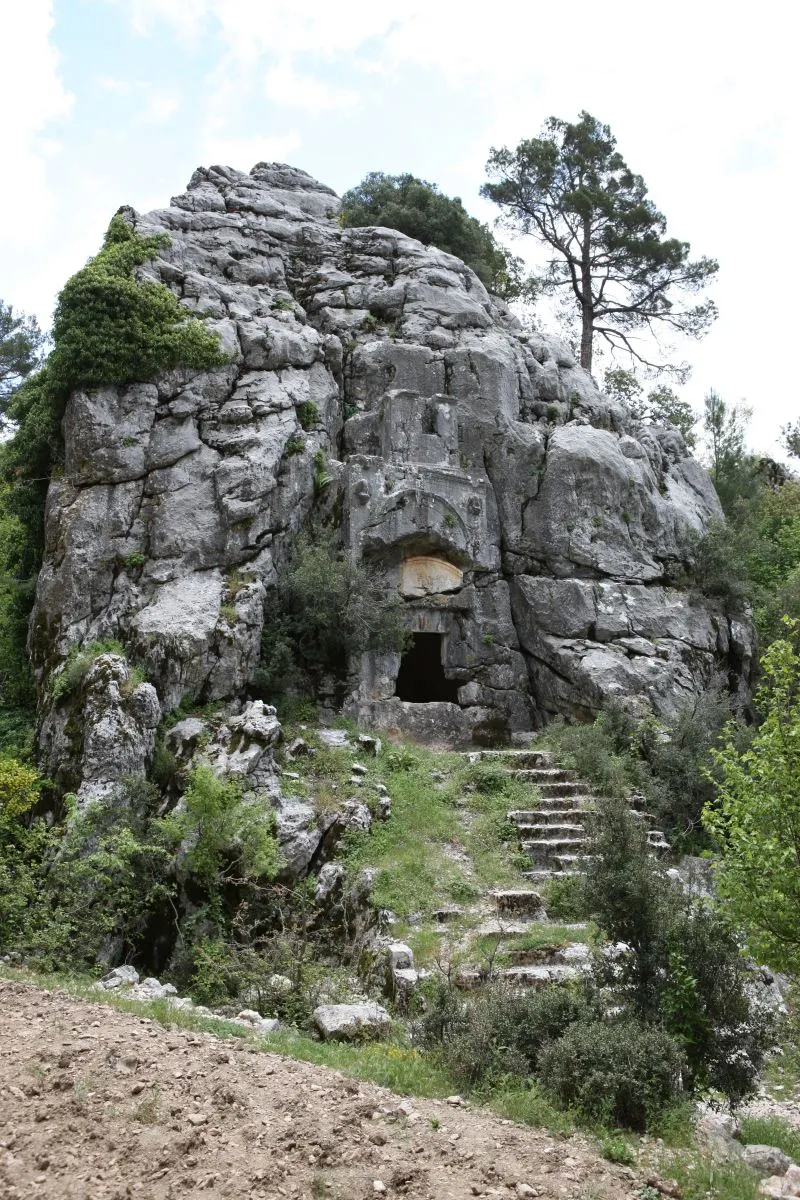
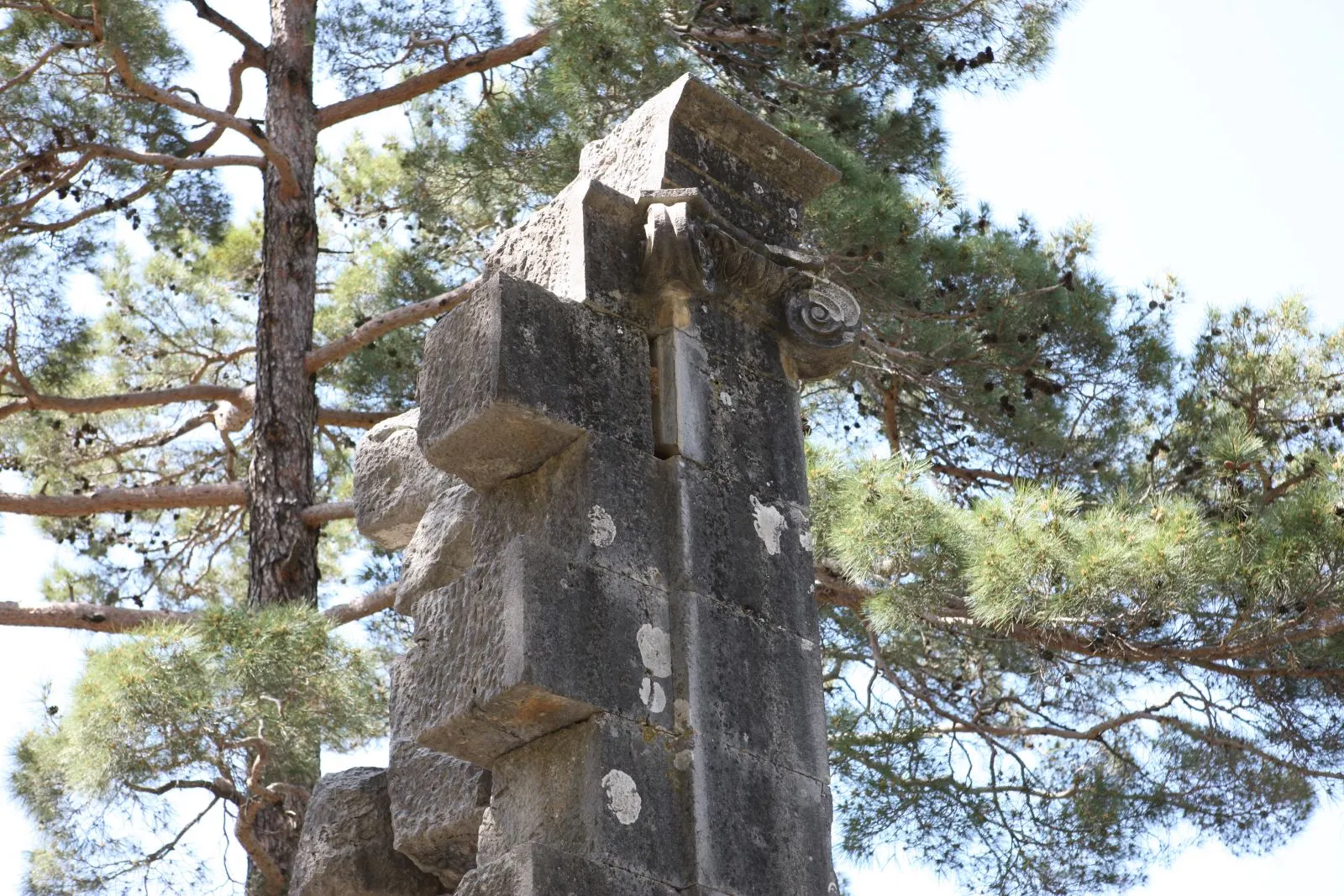

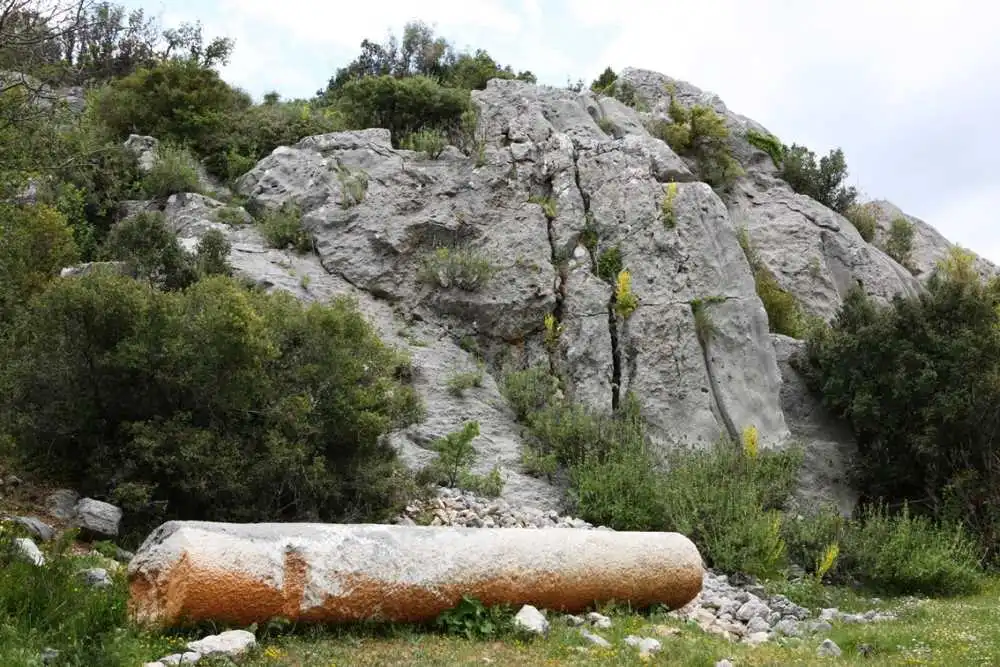
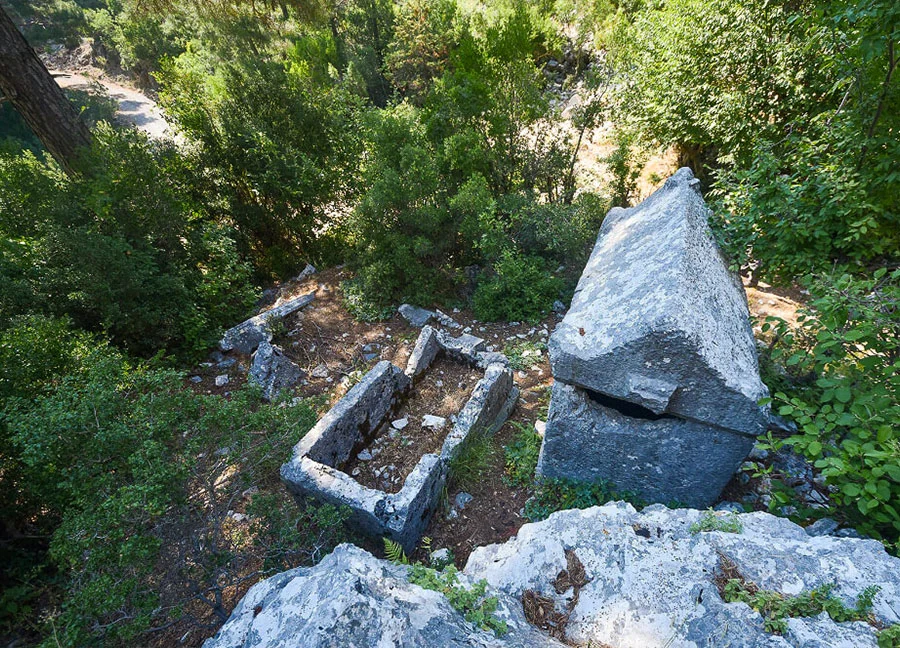

Colybrassus is located about 30 kilometers northeast of Alanya, within the boundaries of Bayırkozağacı Village of Alanya Güzelbağ District. The city center is located in a valley. A. Albek defines the city as a settlement east of Pisidia and west of Cilicia with traces of the Hellenistic period. There are written sources that indicate that life in the city continued until the Middle Ages.
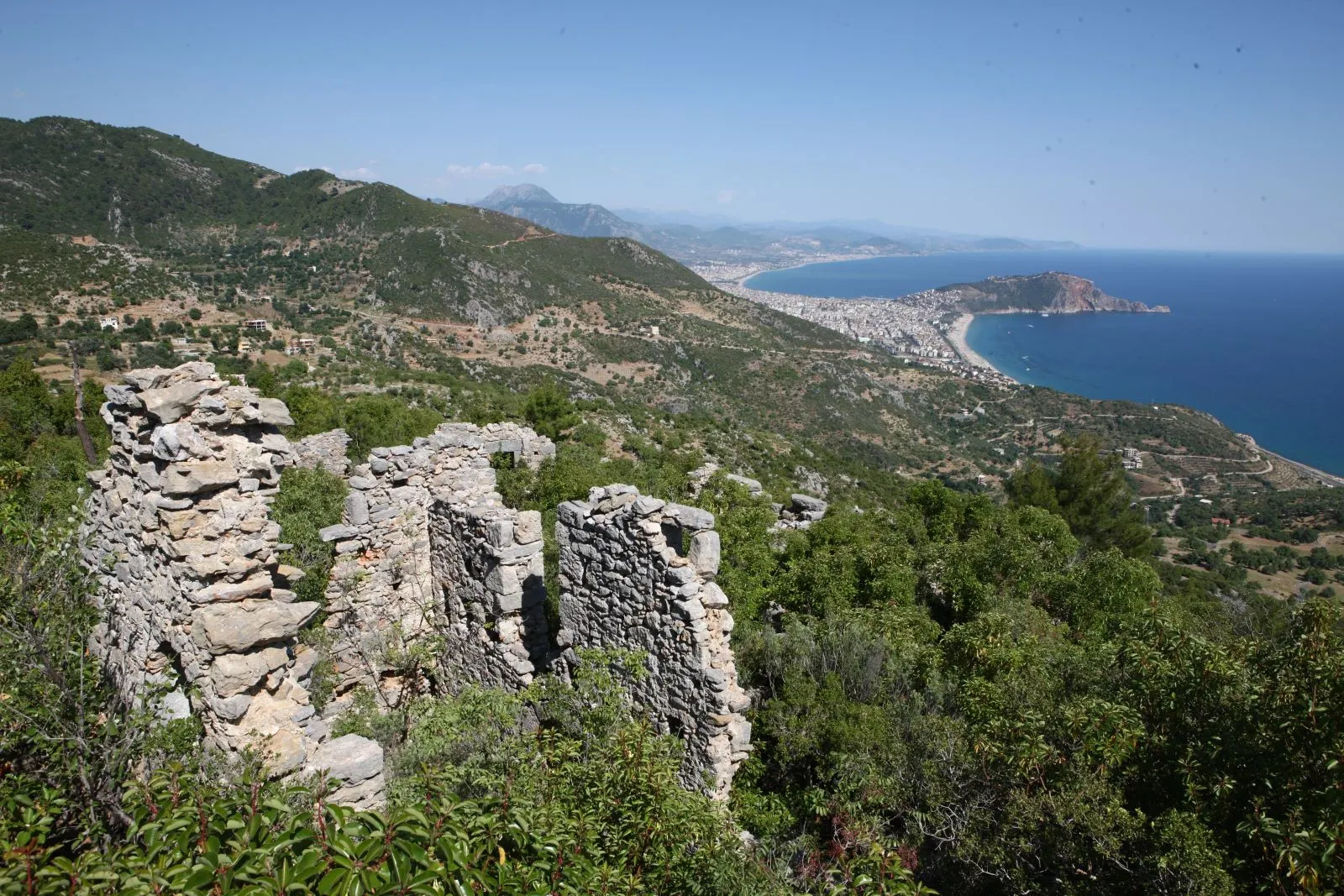


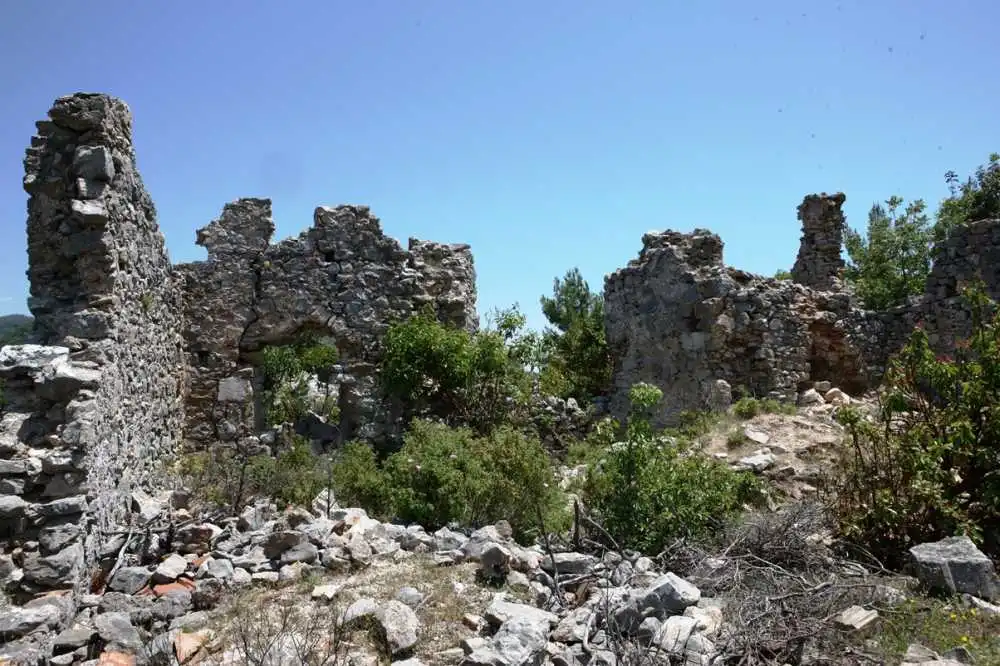
The ancient city in Elikesik village, 12 kilometers northwest of Alanya, is within the borders of Pamphylia region. It is popularly known as Sinekkalesi. The ancient geographer Strabon mentions that the wood used for shipbuilding was obtained from the city, especially cedar trees were abundant, and even Antonius gave this region as a gift to Cleopatra. Both inscriptions and ruins show that the city was inhabited from the Hellenistic period until the end of the Byzantine period.


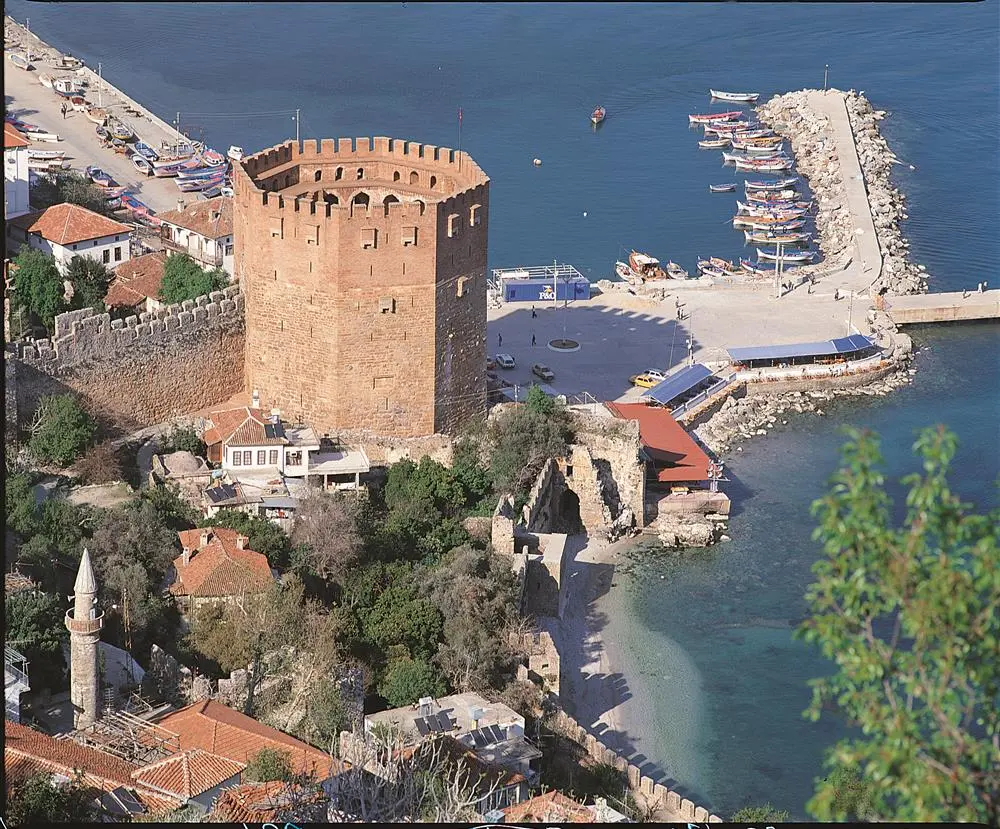


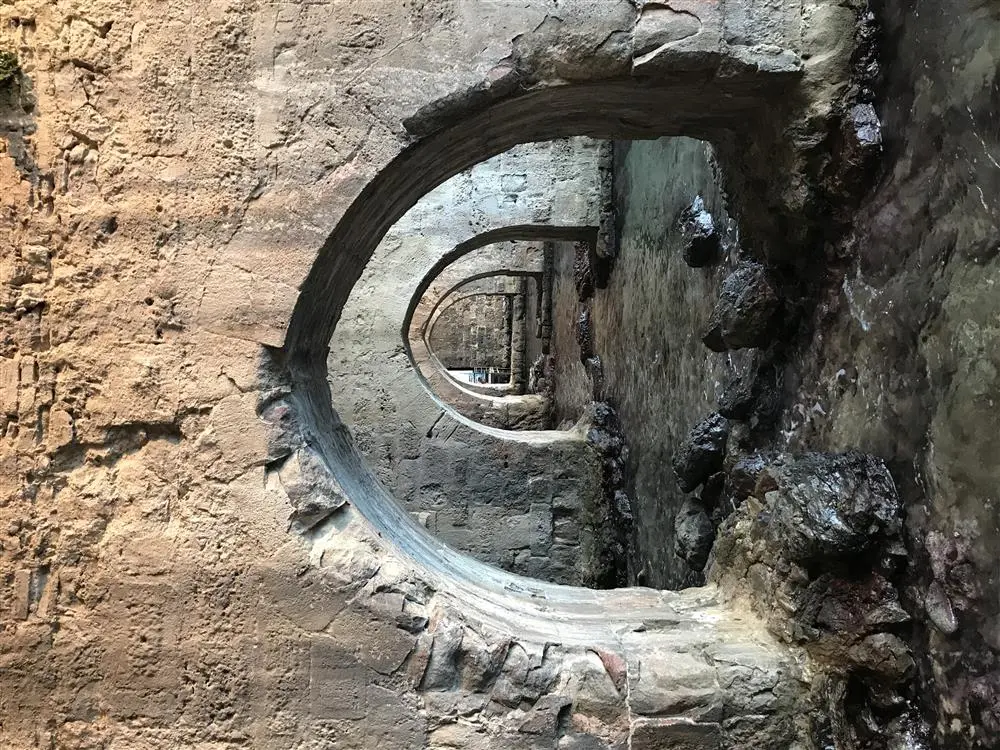


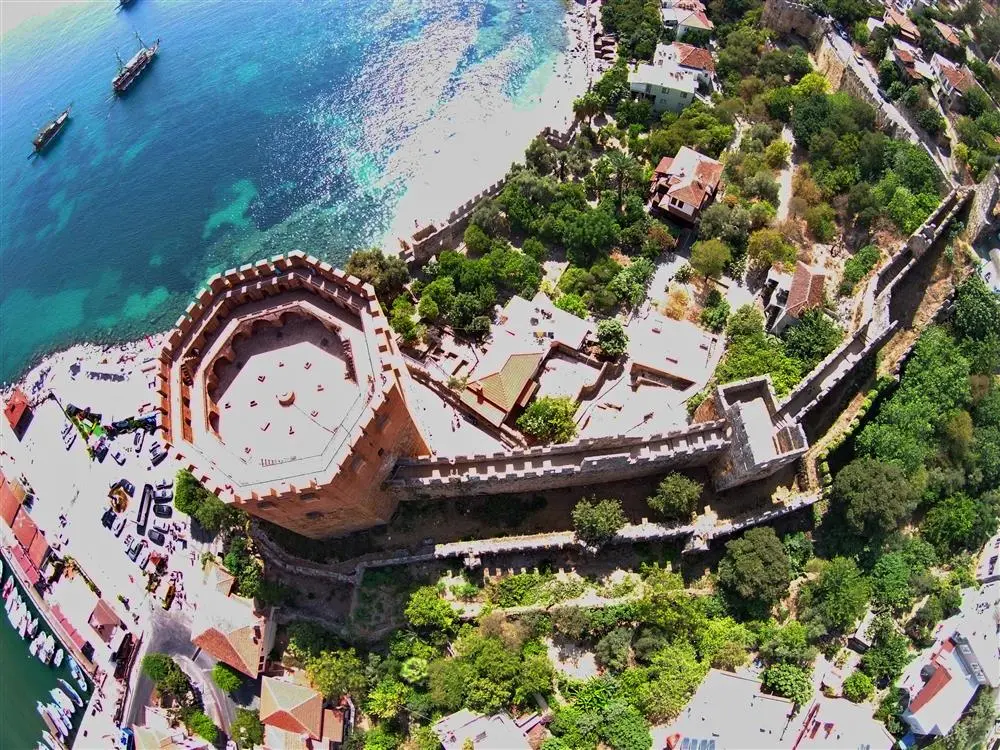

A 10-hectare peninsula surrounded by 6 km of ramparts
Korakesion became a pirate port and centre in the second century BC as an ideal refuge for pirates and rebels, thanks to its natural ease of defence even with a small military force and its sheltered harbour. The Hellenistic fortification wall with large block stones and mortar in the part of the Middle Fortress from Arap Evliyası to Ehmedek dates back to the period of Diototos Tryphon, the ruler of the city in the second century BC.
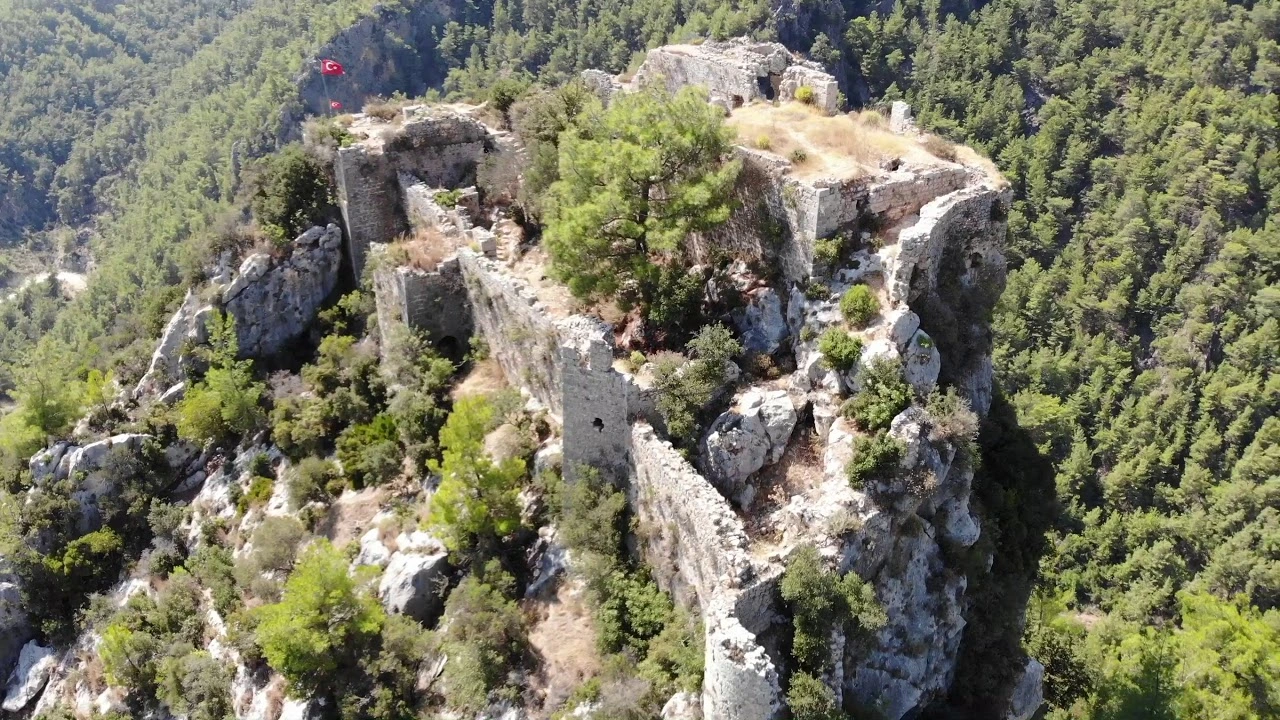


Alara Castle, 37 kilometres west of Alanya, 7 kilometres inland from the sea, was built by the Seljuk Sultan Alaeddin Keykubad I in 1232. The function of the castle on the Silk Road is to ensure the safety of the caravans stopping at Alara Han on the banks of Alara Stream. The castle was built on a steep hill ranging from 200 metres to 500 metres. It has a majestic appearance.


Naula Ancient City is located in Mahmutlar Mevkii, about 10 km. from Alanya district of Antalya. The ancient city is located on the flat area northeast of Mahmutlar.
There are opinions that the city, whose history is not well documented, was the harbor of the nearby ancient city of Leartes. Architecturally, the two cities have similar features.





The cave is located in Alanya and by the sea. It is 3 km. away from the center. The cave; which has a total length of 30 m; is of dry and horizontal cave type. It covers an area of 200 meters.

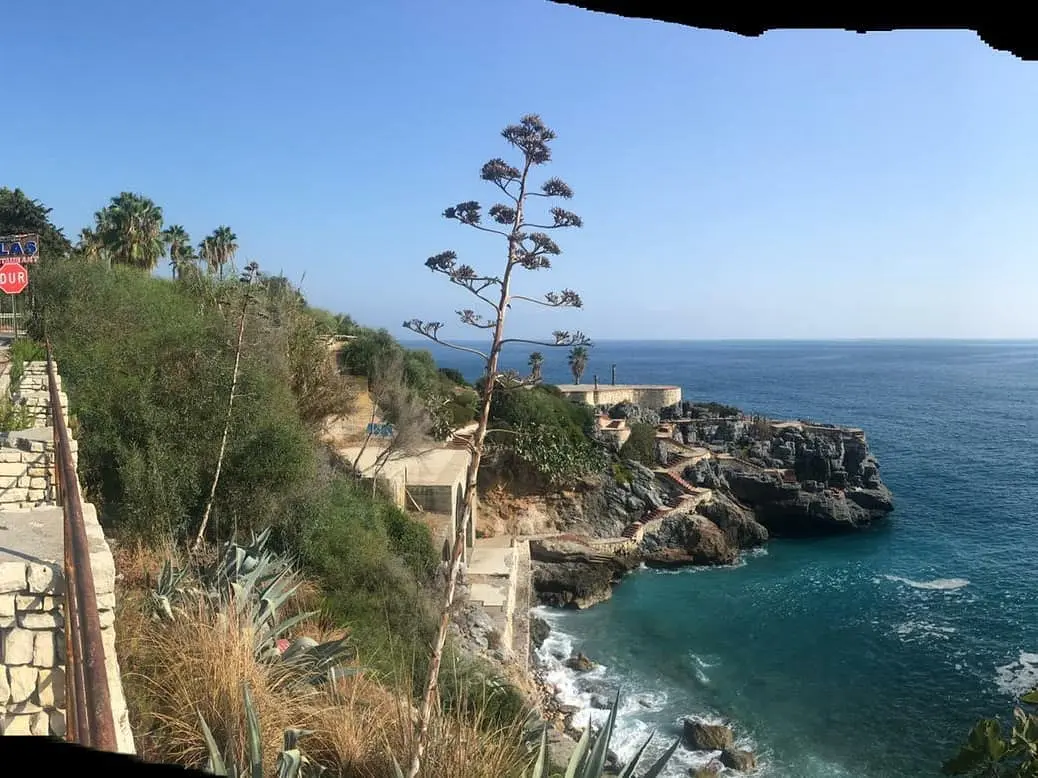


It is 6 km westward from Alanya center on the Antalya-Mersin highway. "Highway Ulaş Recreation Park" on Ulaş Beach was designed as a resting place for local and foreign tourists who follow the coastal road and was built for this purpose.
